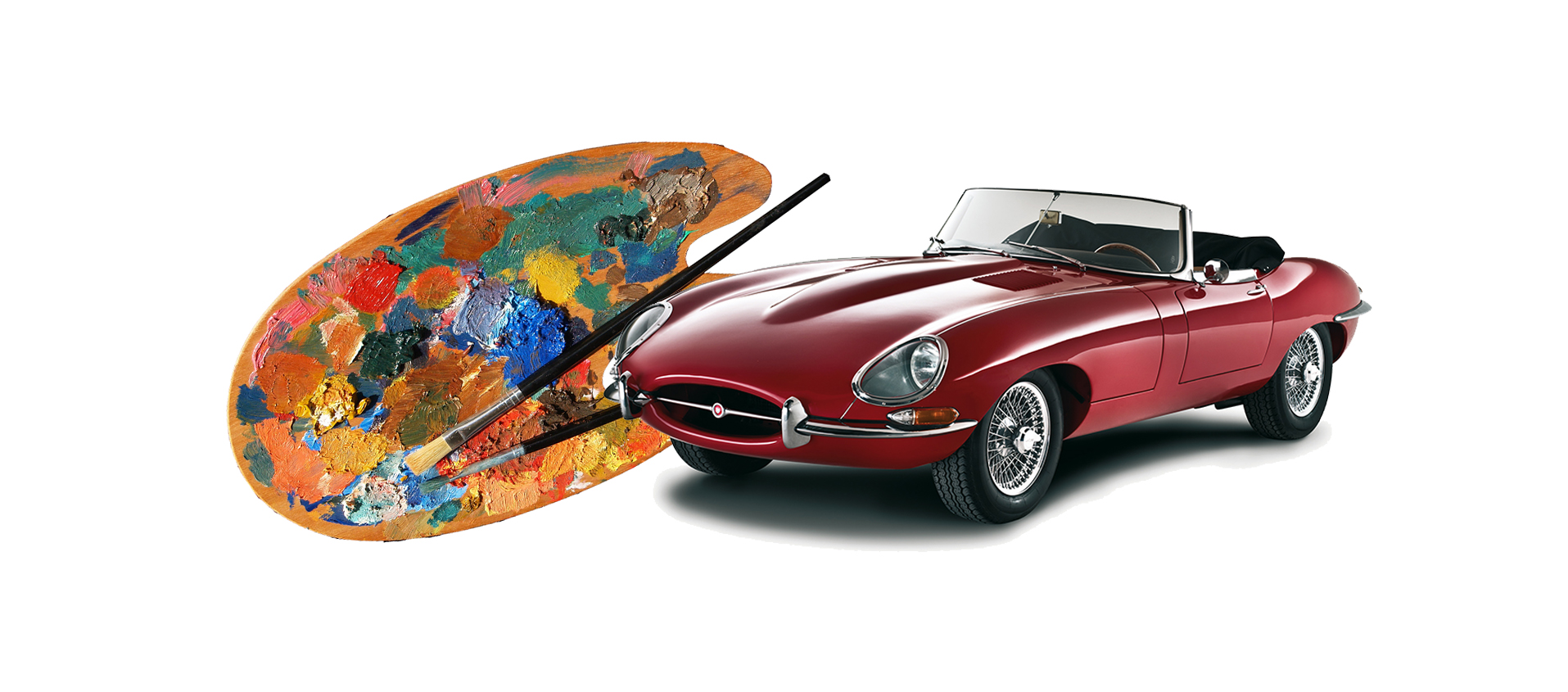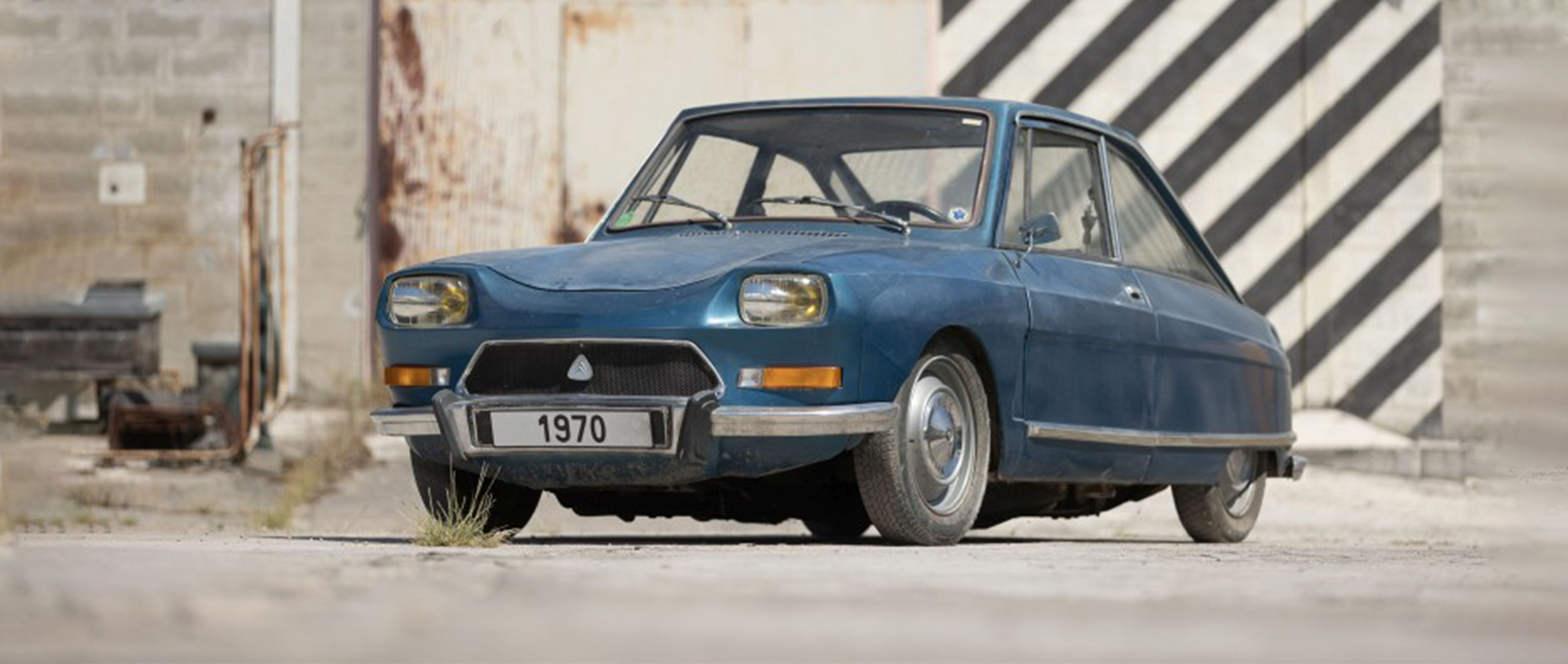Glamour Rolls
27 July 2020 1 min read 4 images - INSIDE

In 1934, when expert Belgian coachbuilder Jonckheere was entrusted with a Rolls-Royce Phantom 1 Cabriolet whose owner wanted it given a unique and sensational body, he knew he had to come up with some ideas worthy of the task. It seems obvious now, but the first thought was to move away entirely from the well-established Rolls-Royce style.
Register to unlock this article
Signing up is free and gives you access to hundreds of articles and additional benefits. See what’s included in your free membership. See what's included in your free membership.
Already have an account? Log In


